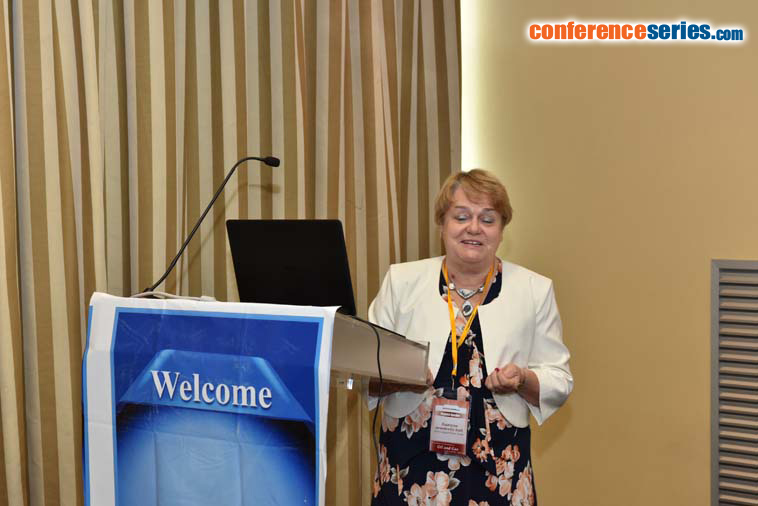
Katarzyna Jarmołowicz-Szulc
Polish Geological Institute, Poland
Title: Fluids expelled tectonically and their role in hydrocarbon migration
Biography
Biography: Katarzyna Jarmołowicz-Szulc
Abstract
As it has been postulated by Oliver (1986), when continental margins in zones of convergence are buried beneath thrust sheets, fluids expelled from the margin sediments go to the foreland basin and the continental interior. These fluids play key role in different phenomena, as e.g., faulting, migration of hydrocarbons, and mineral transportation. The North American case is a very good example of this hypothesis, relating both oil and gas fields and their occurrences as well as e.g., lead-zinc deposits to the tectonic belts there (as the Appalachians). In Europe, the Carpathian Mountains chain is a fragment of the orogenic belt that cuts a large part of the continent. Oil and gas fields are present in the Carpathians and the Carpathian Foreland, as well as hydrocarbons are accessible at the microscopic scale – in fluid inclusions in minerals in the rocks. Hydrocarbons are very common and widespread in sedimentary rocks in the different Carpathian units and point to mobility and circulation of fluids. Such an evidence has been already mentioned in general by Roedder (1984), and it is proved by recent publications concerning brine and hydrocarbon inclusions in the distinct zones at the Polish-Ukrainian boundary (Jankowski, JarmoÅ‚owicz-Szulc, 2011; JarmoÅ‚owicz-Szulc et al., 2012; JarmoÅ‚owicz-Szulc, Jankowski, 2013). The analysis has been conducted pointing to a presumed HC migration in two directions. The results are important in search for hydrocarbons.



